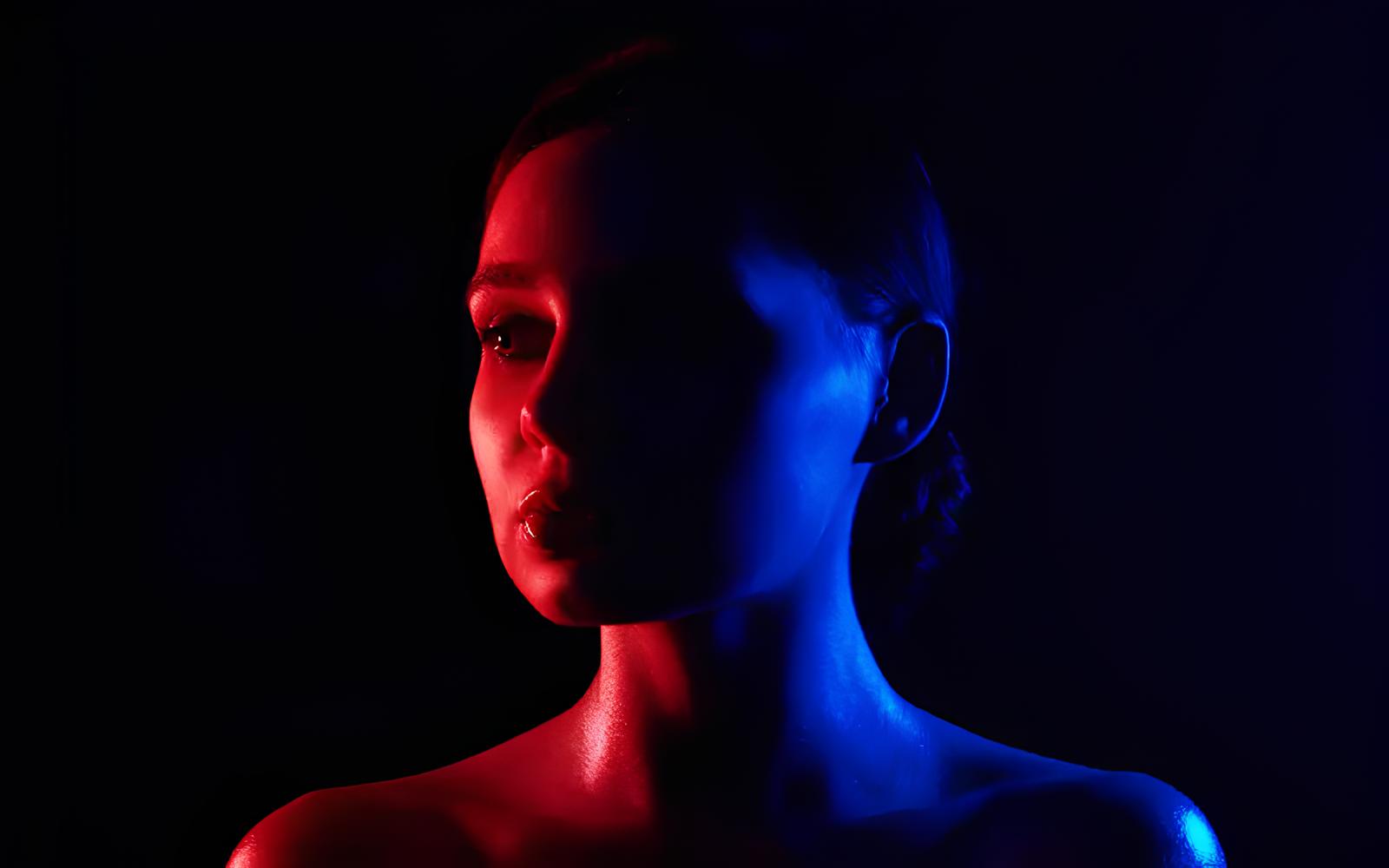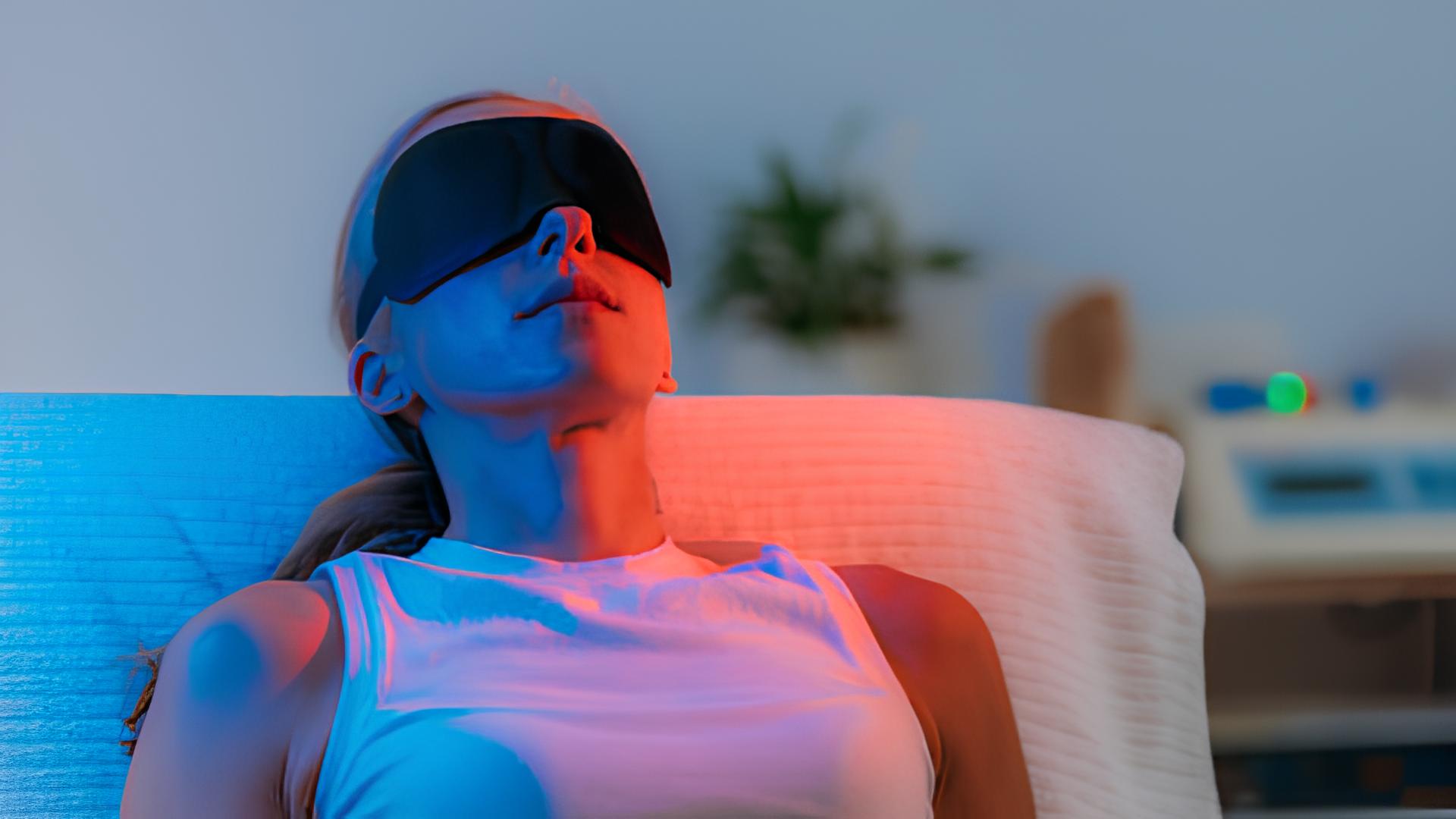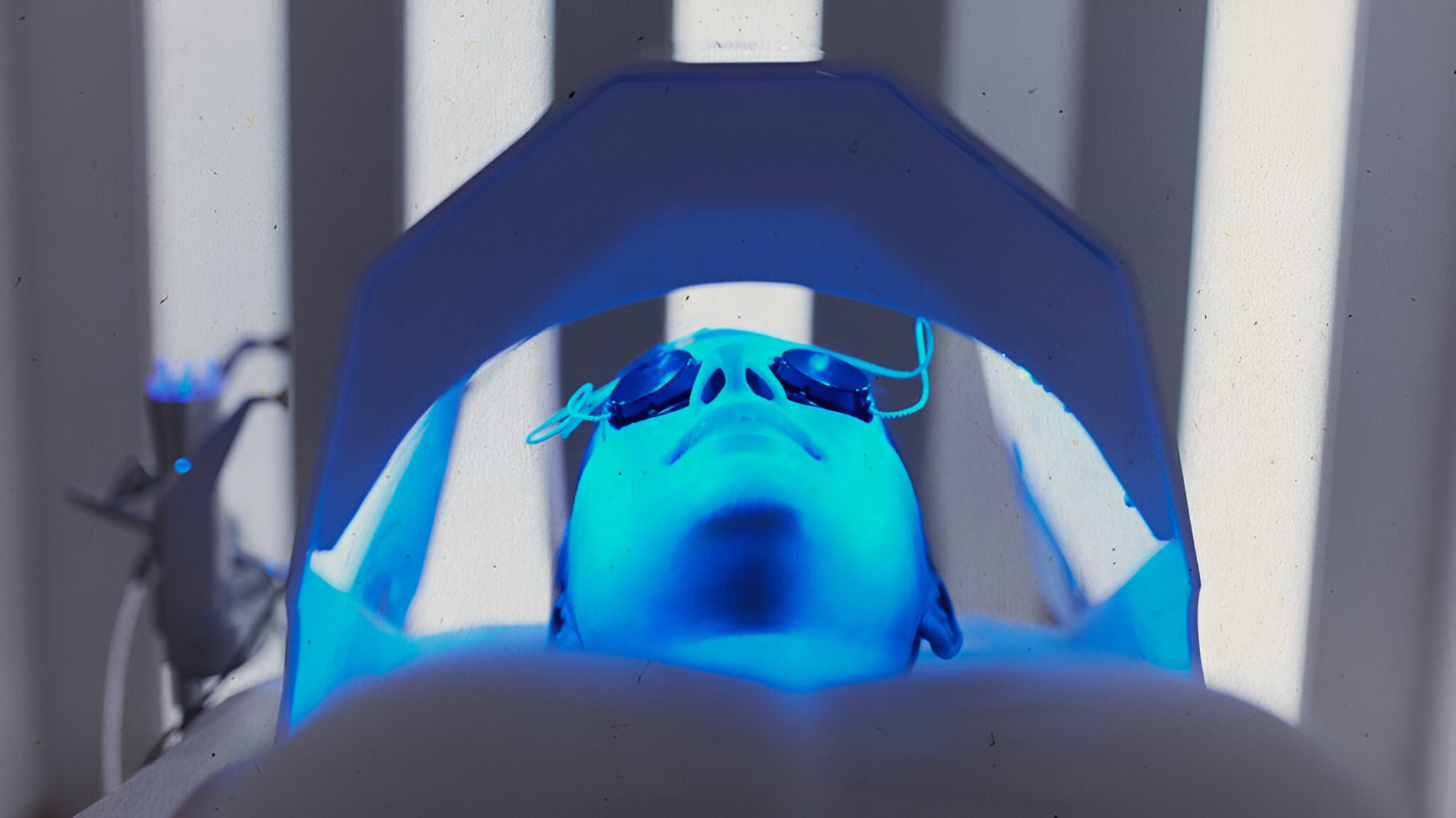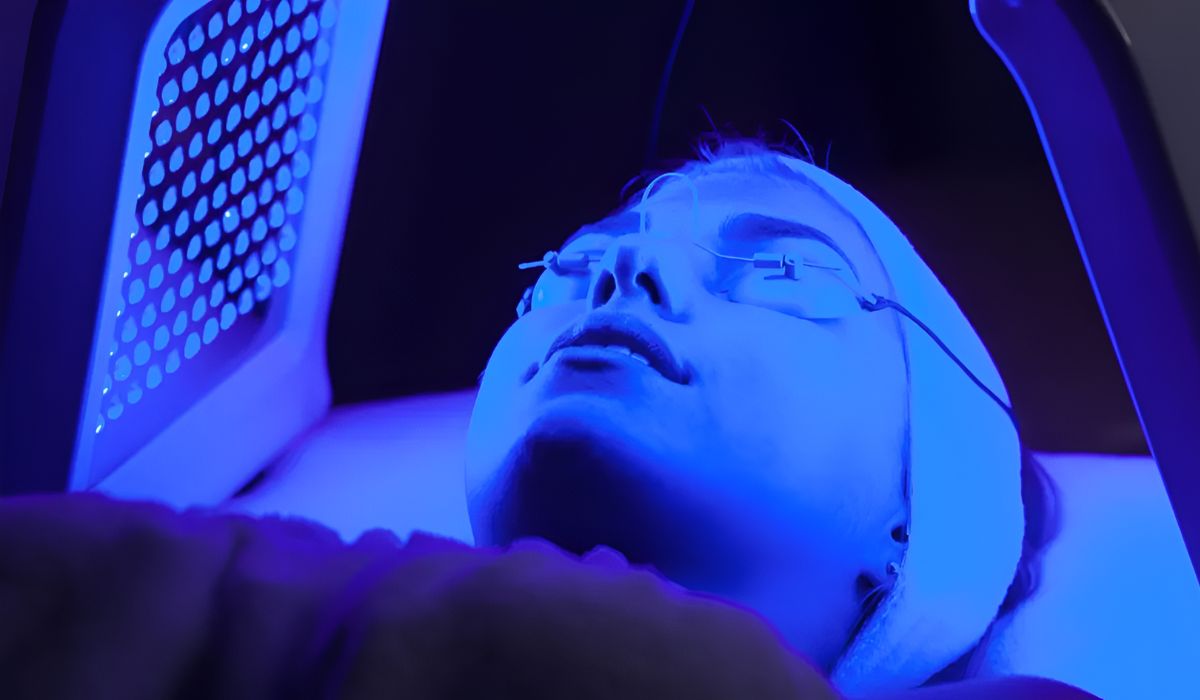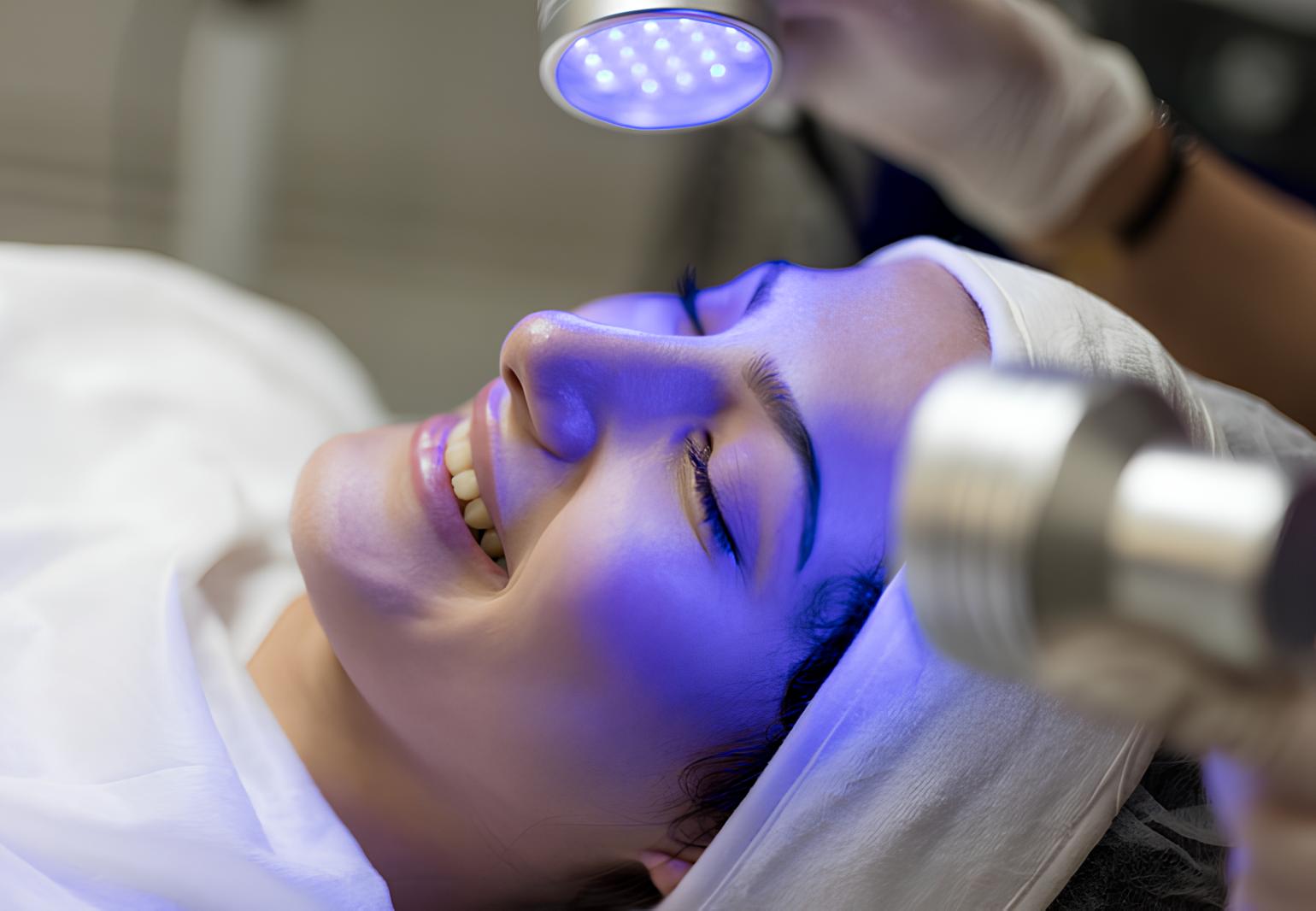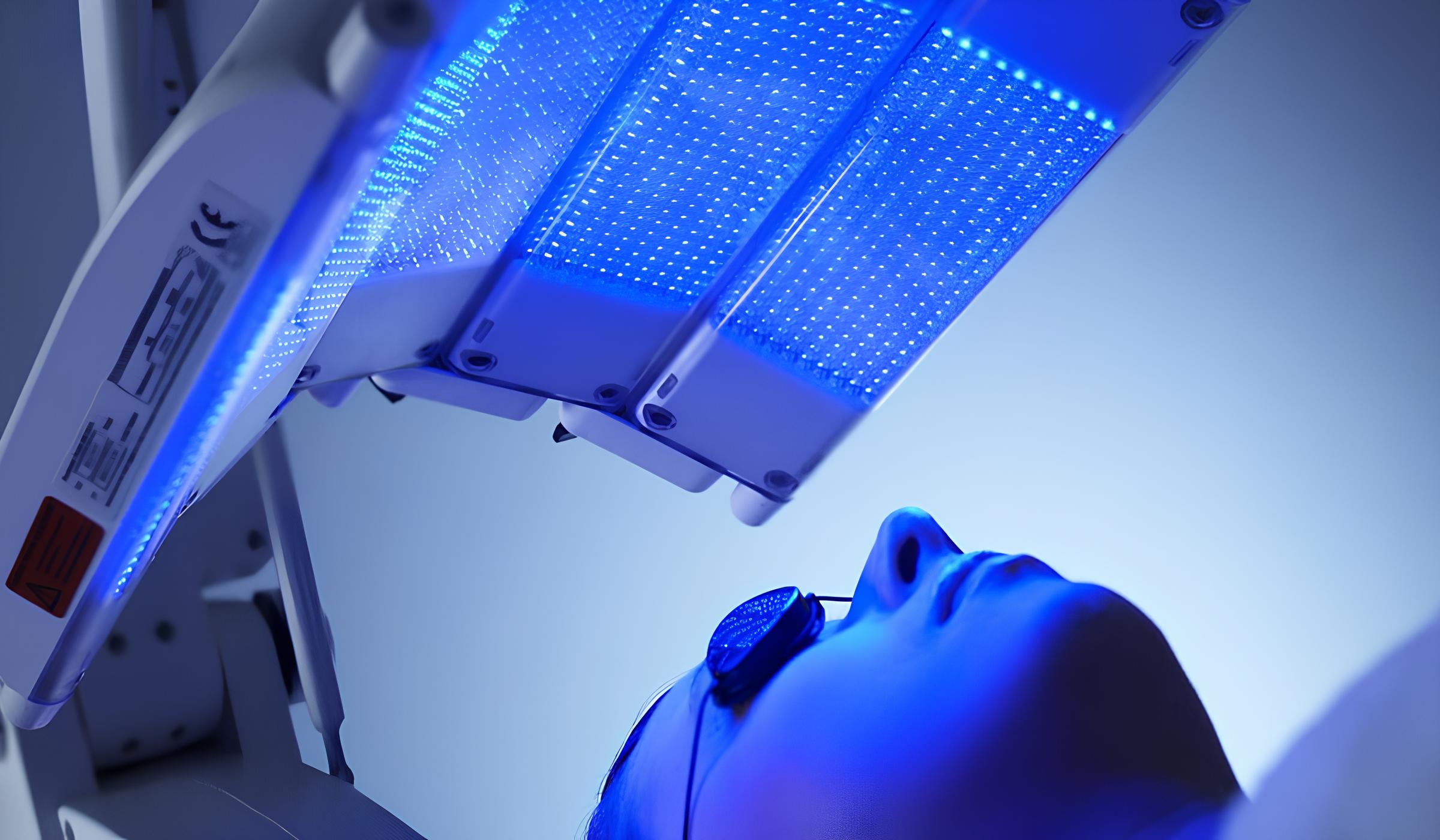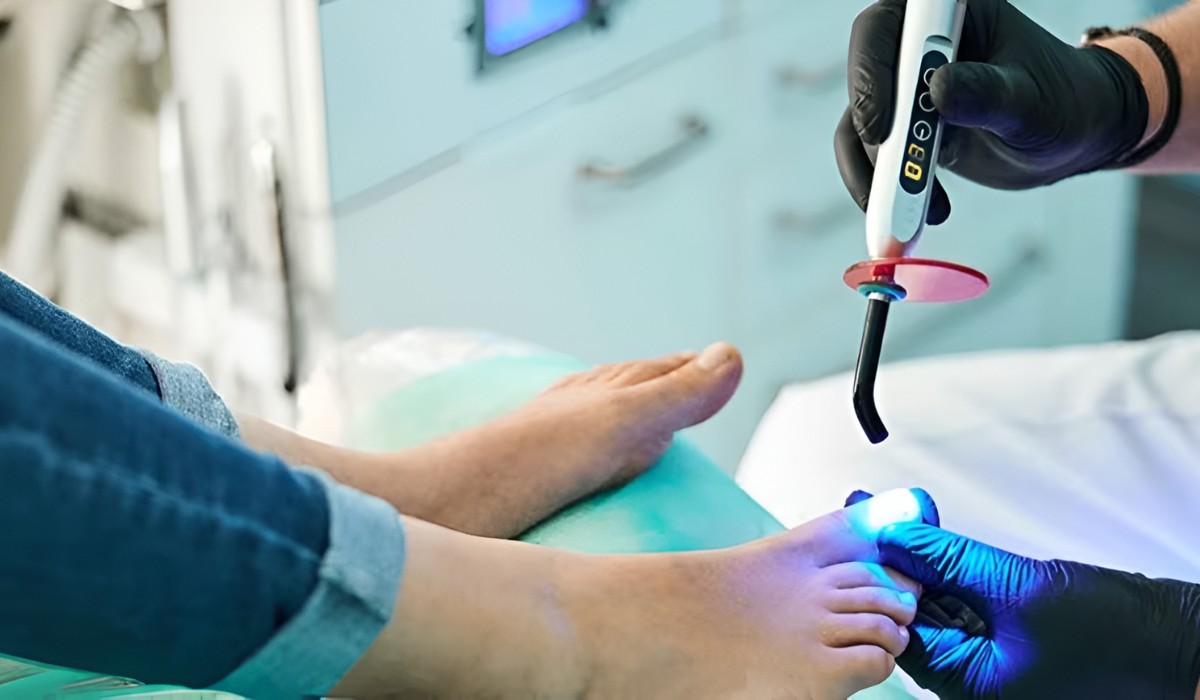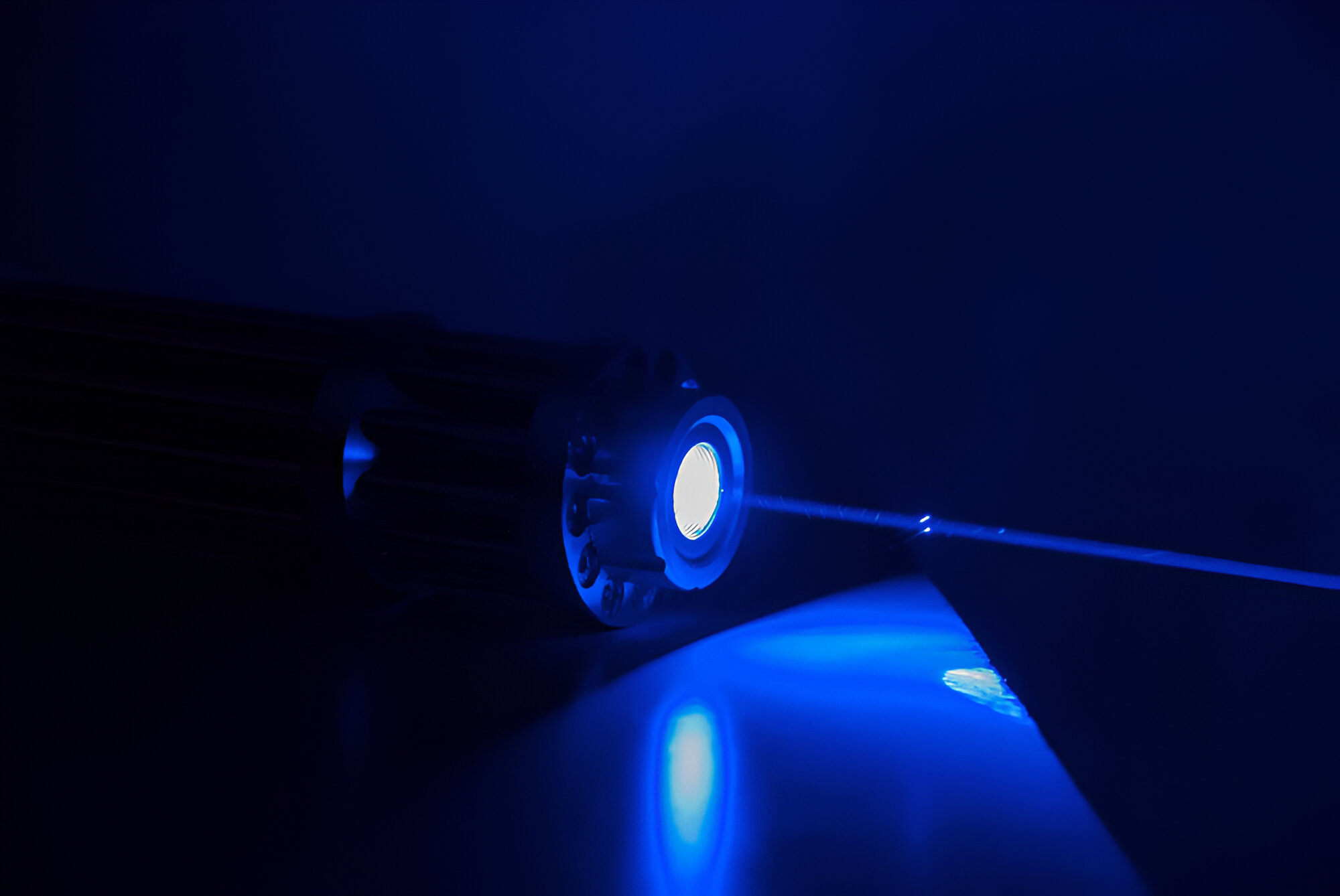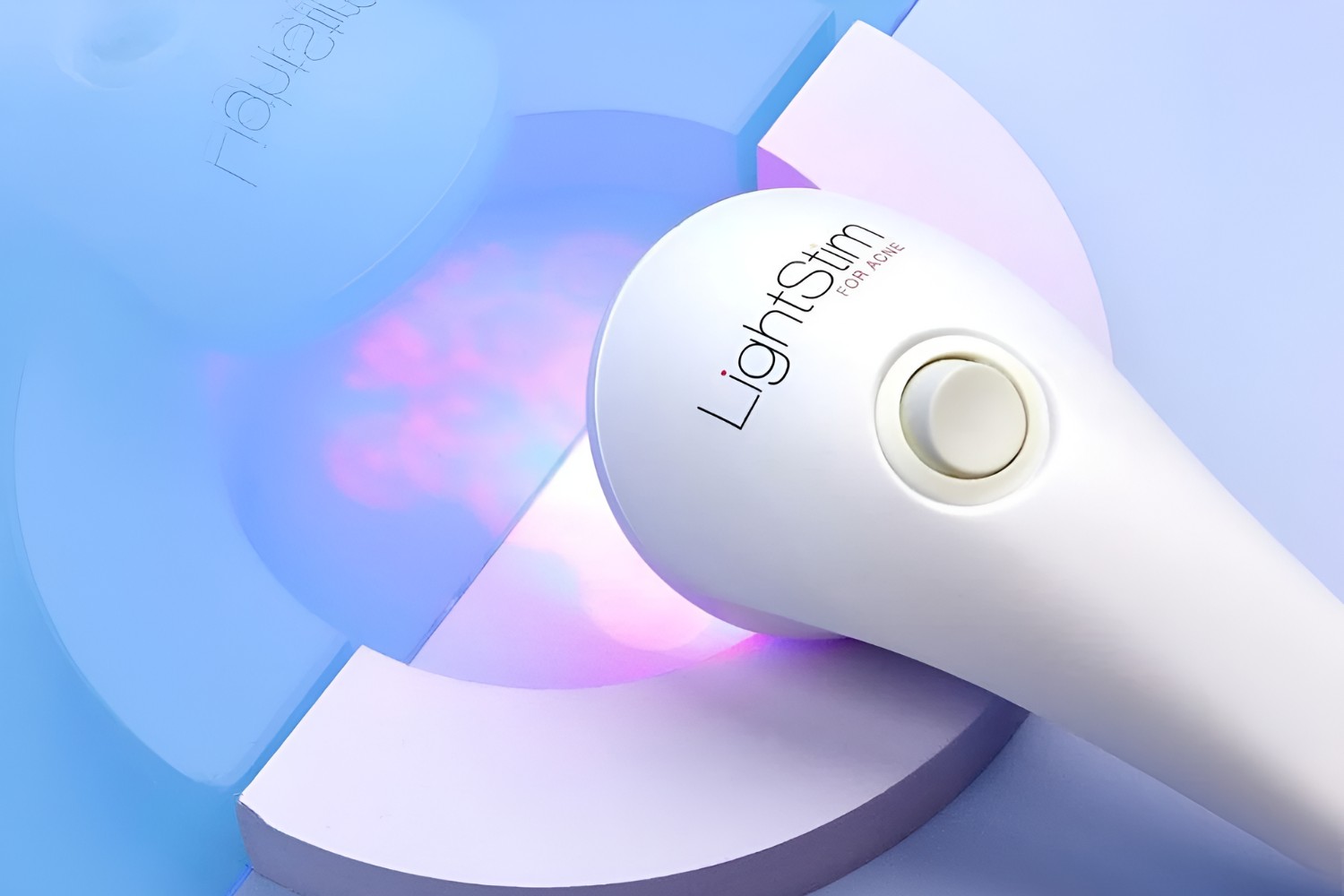Introduction
Light therapy, also known as phototherapy, has gained significant attention in recent years for its potential health and wellness benefits. This non-invasive treatment involves exposure to specific wavelengths of light to stimulate various biological responses within the body. While there are numerous variations of light therapy, two of the most popular are red light therapy and blue light therapy.
In this comprehensive guide, we will delve into the distinct characteristics and advantages of red and blue light therapy, offering valuable insights into their applications and benefits. By understanding the unique properties of each type of light therapy, individuals can make informed decisions about incorporating these treatments into their wellness routines.
In the following sections, we will explore the fundamental principles of light therapy, the specific benefits associated with red and blue light therapy, and the diverse applications of each. Whether you are seeking solutions for skin rejuvenation, pain relief, or mood enhancement, this guide will equip you with the knowledge to discern which form of light therapy aligns with your personal needs and goals.
Join us as we embark on a journey through the illuminating world of red and blue light therapy, uncovering the science behind these treatments and their potential to illuminate a path toward enhanced well-being and vitality.
Understanding the Basics of Light Therapy
Light therapy, also known as phototherapy, harnesses the power of specific wavelengths of light to stimulate biological responses within the body. This non-invasive treatment has been recognized for its potential to address a wide range of health and wellness concerns, including skin conditions, pain management, and mood disorders.
At the core of light therapy is the concept of utilizing light to trigger natural biochemical reactions. Different wavelengths of light penetrate the skin at varying depths, interacting with cells and tissues to produce diverse therapeutic effects. Red and blue light therapy, in particular, have garnered attention for their distinct properties and applications.
Red light therapy, often referred to as low-level laser therapy (LLLT) or photobiomodulation, utilizes red or near-infrared light to penetrate the skin and stimulate the production of adenosine triphosphate (ATP), the energy currency of the cell. This process is believed to enhance cellular function and promote tissue repair, making it a popular choice for skin rejuvenation, wound healing, and pain management.
On the other hand, blue light therapy targets a different range of the light spectrum, with wavelengths known for their antimicrobial properties. When applied to the skin, blue light has the ability to penetrate the sebaceous glands and disrupt the growth of acne-causing bacteria, making it an effective option for individuals seeking relief from acne and other dermatological concerns.
The effectiveness of light therapy is rooted in the intricate interplay between light and the body's cellular and molecular processes. By understanding the fundamental principles of how different wavelengths of light interact with biological systems, individuals can gain insight into the mechanisms underlying the therapeutic benefits of light therapy.
As we continue to explore the nuances of red and blue light therapy, it becomes evident that the distinct characteristics of each form of phototherapy contribute to their diverse applications and potential benefits. With a solid grasp of the basics of light therapy, individuals can navigate the landscape of phototherapeutic options with confidence, empowered to make informed decisions about incorporating these innovative treatments into their wellness routines.
The Benefits of Red Light Therapy
Red light therapy offers a myriad of potential benefits, making it a versatile and sought-after treatment in the realm of wellness and skincare. By harnessing the power of red or near-infrared light, this form of phototherapy has demonstrated remarkable therapeutic effects that span across various physiological and aesthetic domains.
Skin Rejuvenation and Wound Healing
One of the most prominent advantages of red light therapy lies in its ability to promote skin rejuvenation and wound healing. When red or near-infrared light penetrates the skin, it stimulates the production of ATP, the energy source that fuels cellular processes. This energizing effect enhances cellular function and accelerates the repair of damaged tissues, making red light therapy an effective option for individuals seeking to address skin aging, scars, and wounds. Additionally, the stimulation of collagen and elastin production can contribute to improved skin texture and tone, offering a non-invasive approach to combatting the signs of aging.
Pain Management and Inflammation Reduction
Beyond its cosmetic benefits, red light therapy has been recognized for its potential in pain management and inflammation reduction. By targeting cellular energy production, red light therapy may alleviate discomfort associated with various conditions, such as arthritis, muscle strains, and joint pain. The anti-inflammatory properties of red light therapy further contribute to its potential to mitigate swelling and promote tissue recovery, offering a non-pharmacological approach to managing pain and supporting the body's natural healing processes.
Mood Enhancement and Circadian Rhythm Regulation
In addition to its physical benefits, red light therapy has shown promise in positively impacting mood and circadian rhythms. Exposure to red light has been linked to the stimulation of serotonin production, a neurotransmitter associated with feelings of well-being and relaxation. This effect may prove beneficial for individuals seeking natural interventions to alleviate symptoms of seasonal affective disorder (SAD) and enhance overall mood. Furthermore, the regulation of circadian rhythms through red light exposure can contribute to improved sleep patterns and overall physiological balance, offering a holistic approach to supporting mental and emotional well-being.
Enhanced Athletic Performance and Recovery
Athletes and fitness enthusiasts have also turned to red light therapy to potentially enhance performance and expedite recovery. The energizing effects of red light on cellular function may support muscle recovery and mitigate exercise-induced inflammation, aiding in the optimization of physical performance and the reduction of post-exercise soreness. This application of red light therapy underscores its potential to benefit individuals engaged in rigorous physical activities, offering a non-invasive avenue to support athletic endeavors and overall fitness goals.
In summary, the benefits of red light therapy extend across a diverse spectrum, encompassing skin rejuvenation, pain management, mood enhancement, and athletic performance. By tapping into the regenerative potential of red and near-infrared light, individuals can explore the multifaceted advantages of this innovative phototherapeutic approach, paving the way for holistic well-being and vitality.
The Benefits of Blue Light Therapy
Blue light therapy has emerged as a compelling option for addressing various dermatological concerns and promoting overall skin health. Harnessing the unique properties of blue light, this form of phototherapy offers a range of potential benefits that cater to individuals seeking non-invasive solutions for skin conditions and aesthetic enhancement.
Targeted Acne Treatment
One of the primary advantages of blue light therapy lies in its efficacy as a targeted acne treatment. When applied to the skin, blue light penetrates the sebaceous glands, where it interacts with porphyrins, compounds produced by acne-causing bacteria. This interaction triggers a photodynamic effect that leads to the destruction of the bacteria, thereby reducing inflammation and preventing the formation of new acne lesions. By offering a non-invasive and localized approach to addressing acne, blue light therapy presents a valuable option for individuals seeking relief from this common dermatological concern.
Oil Production Regulation
In addition to its acne-fighting properties, blue light therapy has the potential to regulate oil production in the skin. Excessive sebum production is a contributing factor to acne development, and the antimicrobial and anti-inflammatory effects of blue light therapy can help rebalance oil levels, promoting clearer and healthier skin. By targeting the sebaceous glands without causing damage to surrounding tissues, blue light therapy offers a gentle yet effective means of addressing oily or acne-prone skin, contributing to a comprehensive approach to skin wellness.
Photorejuvenation and Skin Clarity
Beyond its role in acne management, blue light therapy has been explored for its potential in photorejuvenation and promoting overall skin clarity. The gentle nature of blue light makes it suitable for individuals seeking to improve skin texture, reduce pore size, and enhance overall complexion. The ability of blue light to target specific skin concerns without causing damage to surrounding tissues positions it as a versatile option for individuals seeking non-ablative skin rejuvenation, providing a non-invasive avenue for achieving a revitalized and radiant complexion.
Potential for Mood Enhancement
While the primary applications of blue light therapy revolve around dermatological benefits, there is emerging research suggesting its potential for mood enhancement. Exposure to blue light has been linked to the regulation of circadian rhythms and the stimulation of alertness, making it a candidate for supporting mental and emotional well-being. This aspect of blue light therapy underscores its potential to extend beyond skincare, offering holistic benefits that encompass both physiological and psychological dimensions.
In summary, the benefits of blue light therapy span across targeted acne treatment, oil production regulation, photorejuvenation, and potential mood enhancement. By leveraging the distinctive properties of blue light, individuals can explore a non-invasive and versatile approach to addressing skin concerns and promoting overall well-being, paving the way for a luminous and revitalized complexion.
The Different Applications of Red Light Therapy
Red light therapy has garnered widespread attention due to its diverse applications across various domains of health, wellness, and skincare. This innovative form of phototherapy harnesses the regenerative potential of red and near-infrared light, offering a non-invasive and versatile approach to address an array of physiological and aesthetic concerns.
Skin Rejuvenation and Wound Healing
One of the primary applications of red light therapy lies in skin rejuvenation and wound healing. By stimulating cellular energy production and enhancing tissue repair, red light therapy offers a non-invasive avenue to address skin aging, scars, and wounds. The promotion of collagen and elastin production contributes to improved skin texture and tone, making it an appealing option for individuals seeking non-surgical solutions for skin rejuvenation.
Pain Management and Inflammation Reduction
Red light therapy has demonstrated potential in pain management and inflammation reduction, presenting a non-pharmacological approach to alleviate discomfort associated with various conditions, such as arthritis, muscle strains, and joint pain. The anti-inflammatory properties of red light therapy further contribute to its potential to mitigate swelling and promote tissue recovery, offering a holistic approach to supporting the body's natural healing processes.
Athletic Performance and Recovery Enhancement
Athletes and fitness enthusiasts have embraced red light therapy for its potential to enhance athletic performance and expedite recovery. By supporting muscle recovery and mitigating exercise-induced inflammation, red light therapy offers a non-invasive avenue to optimize physical performance and reduce post-exercise soreness. This application underscores the versatility of red light therapy in catering to individuals engaged in rigorous physical activities.
Mood Enhancement and Circadian Rhythm Regulation
Beyond its physiological benefits, red light therapy has shown promise in positively impacting mood and circadian rhythms. The stimulation of serotonin production and the regulation of circadian rhythms through red light exposure offer a holistic approach to supporting mental and emotional well-being. This aspect of red light therapy extends its potential benefits beyond physical wellness, encompassing psychological and emotional dimensions.
In summary, the diverse applications of red light therapy encompass skin rejuvenation, pain management, athletic performance enhancement, and potential mood regulation. By tapping into the regenerative properties of red and near-infrared light, individuals can explore a multifaceted approach to holistic well-being, paving the way for vitality and rejuvenation without invasive procedures or pharmaceutical interventions.
The Different Applications of Blue Light Therapy
Blue light therapy has emerged as a versatile and effective treatment option with diverse applications in the realms of dermatology and overall wellness. Leveraging the unique properties of blue light, this form of phototherapy offers a non-invasive approach to addressing various skin concerns and promoting skin health.
Targeted Acne Treatment
One of the primary and well-established applications of blue light therapy is its efficacy in targeted acne treatment. The specific wavelength of blue light penetrates the skin to reach the sebaceous glands, where it interacts with porphyrins, compounds produced by acne-causing bacteria. This interaction leads to a photodynamic effect that effectively destroys the bacteria, thereby reducing inflammation and preventing the formation of new acne lesions. By offering a localized and non-invasive approach to addressing acne, blue light therapy presents a valuable option for individuals seeking relief from this common dermatological concern.
Oil Production Regulation
In addition to its role in acne management, blue light therapy has shown promise in regulating oil production in the skin. Excessive sebum production is a contributing factor to acne development, and the antimicrobial and anti-inflammatory effects of blue light therapy can help rebalance oil levels, promoting clearer and healthier skin. By targeting the sebaceous glands without causing damage to surrounding tissues, blue light therapy offers a gentle yet effective means of addressing oily or acne-prone skin, contributing to a comprehensive approach to skin wellness.
Photorejuvenation and Skin Clarity
Beyond its role in acne management, blue light therapy has been explored for its potential in photorejuvenation and promoting overall skin clarity. The gentle nature of blue light makes it suitable for individuals seeking to improve skin texture, reduce pore size, and enhance overall complexion. The ability of blue light to target specific skin concerns without causing damage to surrounding tissues positions it as a versatile option for individuals seeking non-ablative skin rejuvenation, providing a non-invasive avenue for achieving a revitalized and radiant complexion.
Potential for Mood Enhancement
While the primary applications of blue light therapy revolve around dermatological benefits, there is emerging research suggesting its potential for mood enhancement. Exposure to blue light has been linked to the regulation of circadian rhythms and the stimulation of alertness, making it a candidate for supporting mental and emotional well-being. This aspect of blue light therapy underscores its potential to extend beyond skincare, offering holistic benefits that encompass both physiological and psychological dimensions.
In summary, the applications of blue light therapy extend across targeted acne treatment, oil production regulation, photorejuvenation, and potential mood enhancement. By leveraging the distinctive properties of blue light, individuals can explore a non-invasive and versatile approach to addressing skin concerns and promoting overall well-being, paving the way for a luminous and revitalized complexion.
Choosing the Right Light Therapy for Your Needs
When considering the incorporation of light therapy into your wellness routine, it is essential to evaluate your specific needs and goals to determine the most suitable approach. Both red light therapy and blue light therapy offer distinct benefits and applications, making it crucial to make an informed decision based on your individual requirements.
For individuals seeking non-invasive solutions for skin rejuvenation, wound healing, and pain management, red light therapy presents a compelling option. The regenerative properties of red and near-infrared light make it well-suited for addressing a wide range of dermatological and physiological concerns. Whether you are aiming to improve skin texture, alleviate discomfort associated with chronic conditions, or enhance athletic performance, red light therapy offers a versatile and holistic approach to promoting well-being.
On the other hand, individuals dealing with acne and other dermatological concerns may find blue light therapy to be a targeted and effective solution. The antimicrobial and oil-regulating properties of blue light make it an appealing option for those seeking non-invasive methods to address acne, regulate sebum production, and promote overall skin clarity. Furthermore, the potential mood-enhancing effects of blue light therapy add a dimension of holistic well-being, making it a valuable consideration for individuals seeking comprehensive skin and emotional wellness support.
When choosing between red and blue light therapy, it is essential to assess your specific wellness objectives and consult with healthcare professionals or experienced practitioners to determine the most suitable option. Factors such as skin type, existing dermatological conditions, and overall wellness goals should be taken into account to ensure that the chosen light therapy aligns with your individual needs.
Ultimately, the decision to incorporate red or blue light therapy into your wellness routine should be guided by a comprehensive understanding of the unique benefits and applications of each form of phototherapy. By making an informed choice that considers your specific wellness objectives, you can embark on a journey toward enhanced well-being and vitality through the transformative power of light therapy.
Conclusion
In conclusion, the world of light therapy encompasses a spectrum of possibilities, each offering unique benefits and applications. Red light therapy, with its regenerative properties and diverse physiological and aesthetic advantages, stands as a versatile option for individuals seeking non-invasive solutions for skin rejuvenation, pain management, and mood enhancement. Its potential to stimulate cellular energy production, promote tissue repair, and regulate circadian rhythms positions red light therapy as a holistic approach to supporting overall well-being.
On the other hand, blue light therapy emerges as a targeted and effective solution for individuals grappling with acne, oily skin, and a desire for non-ablative skin rejuvenation. Its antimicrobial properties, oil-regulating effects, and potential for mood enhancement make it a valuable consideration for those seeking comprehensive dermatological and emotional wellness support.
As individuals navigate the landscape of light therapy, it is crucial to consider their specific wellness objectives and consult with healthcare professionals to determine the most suitable approach. Whether aiming to address skin concerns, alleviate discomfort, enhance athletic performance, or promote overall well-being, the choice between red and blue light therapy should be informed by a comprehensive understanding of their distinct benefits and applications.
Ultimately, the potential of light therapy to illuminate a path toward enhanced well-being and vitality is rooted in its ability to harness the power of light to stimulate natural biological responses within the body. By making informed decisions and embracing the transformative potential of light therapy, individuals can embark on a journey toward holistic wellness, embracing the regenerative and illuminating effects of red and blue light to enhance their lives.
In a world where innovation continues to shape the landscape of health and wellness, light therapy stands as a beacon of possibility, offering a non-invasive and versatile approach to promoting overall well-being. As we illuminate the path forward, the captivating potential of red and blue light therapy serves as a testament to the transformative power of light in enhancing vitality and nurturing holistic wellness.







